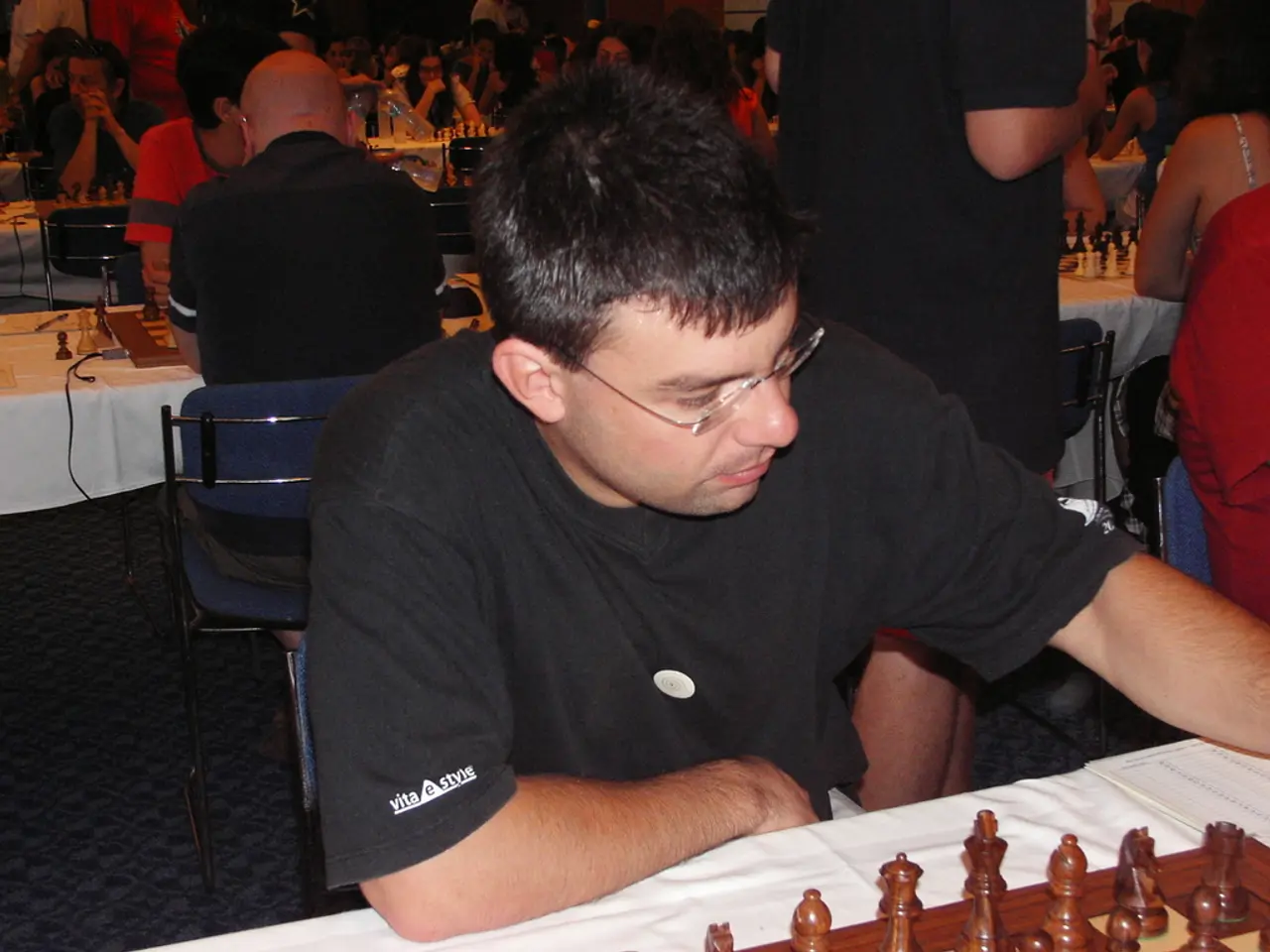Non-Hodgkin Lymphoma (NHL) involving B cells: Symptoms, origins, and additional details
B-cell non-Hodgkin lymphoma (NHL) is a type of cancer that originates in the lymph system, specifically in immune cells known as B lymphocytes or B cells. This article will explore the known risk factors for B-cell NHL and discuss the most common types of this cancer.
Risk Factors for B-Cell Non-Hodgkin Lymphoma
While the exact cause of B-cell NHL often remains unknown, several risk factors have been identified. These include:
- Family History: Having a blood relative (parent or sibling) with lymphoma increases the risk of developing B-cell NHL [1][2].
- Weakened Immune System or Autoimmune Diseases: Conditions like Hashimoto's disease, Sjogren syndrome, rheumatoid arthritis, lupus, ataxia-telangiectasia, and immune suppression from organ transplants elevate the risk by impairing immune surveillance [1][3][5].
- Infections: Certain infections are linked to B-cell NHL, including Epstein-Barr virus (EBV), human immunodeficiency virus (HIV), Helicobacter pylori (H. pylori), hepatitis C virus, bacterial infections such as Chlamydophila psittaci, Campylobacter jejuni, and Borrelia burgdorferi (particularly in marginal zone lymphoma) [1][3][5].
- Exposure to Environmental Factors: Long-term exposure to chemicals such as pesticides, nitrates in drinking water, and high levels of radiation can increase the risk, especially in childhood NHL cases [2].
- Obesity and Chronic Inflammation: Obesity may slightly increase the risk, possibly through chronic low-level inflammation promoting lymphomagenesis [4].
- Genetic Mutations and DNA Changes: In B-cell lymphomas like marginal zone lymphoma, changes in DNA that alter cell growth and death contribute to cancer development, although the exact causes of these mutations are often unclear [3].
- Transformation from Low-Grade Lymphoma: Some aggressive B-cell NHLs, like diffuse large B-cell lymphoma (DLBCL), may arise from the transformation of slower-growing lymphomas [5].
Common Types of B-Cell Non-Hodgkin Lymphoma
The most common types of B-cell non-Hodgkin lymphoma include:
- Diffuse Large B-cell Lymphoma (DLBCL): This is the most common type of B-cell NHL [5]. DLBCL causes abnormal lymphocytes to grow rapidly, and over time, these abnormal lymphocytes may form tumors throughout the body.
- Follicular Lymphoma: This is another common type of B-cell NHL. Follicular lymphoma grows more slowly than other types of B-cell NHL [5].
Diagnosis and Treatment
A biopsy of a swollen lymph node is a diagnostic method for B-cell non-Hodgkin lymphoma. Once diagnosed, the choice of treatment for B-cell non-Hodgkin lymphoma depends on the person and the type of lymphoma they have. Treatment options include chemotherapy, radiation therapy, immunotherapy, and monoclonal antibodies [5].
It's important to note that contracting certain viruses such as T-cell lymphotropic virus (HTLV-1) is a risk factor for developing B-cell non-Hodgkin lymphoma. However, in the United States, most cases of NHL are B-cell lymphomas [6].
Symptoms of B-cell NHL vary from person to person and depend on the type of cancer. These may include swollen lymph nodes, fatigue, weight loss, and fever [5]. Over time, these abnormal lymphocytes may form tumors throughout the body, potentially affecting the lymphatic system.
In conclusion, understanding the risk factors and common types of B-cell non-Hodgkin lymphoma is crucial for early detection and effective treatment. If you have concerns about your risk or are experiencing symptoms, it's essential to consult with a healthcare professional.




